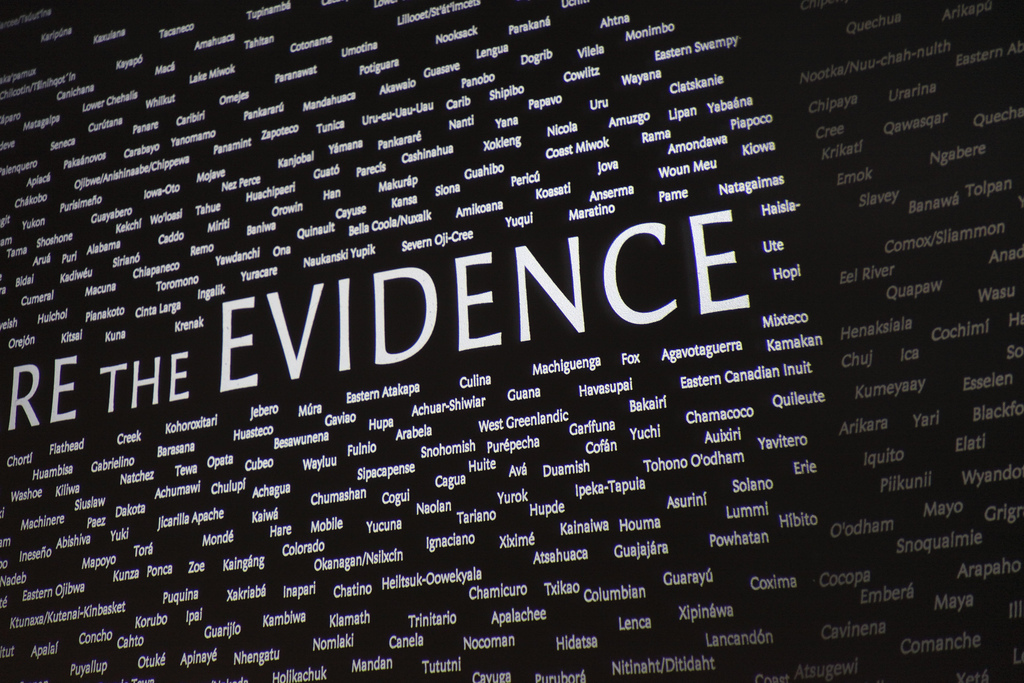By Andy Parsons, PT, DPT
I find that many clinicians still misunderstand what EBP is and what it can do for them. The following is a practical example of how I used EBP in the clinic the other day to aide quick, quality clinical reasoning.
I was working with a 76 y/o female on balance and generalized weakness after a recent string of falls. She was progressing well, so we were increasing difficulty of dynamic balance activities. The patient was performing lateral step-overs across a short hurdle (which she had performed many times successfully). Unfortunately, the patient missed and rolled her ankle on the hurdle. She had immediate pain, and had difficulty weight-bearing through her foot. I let her rest about 5 minutes, but she was still ambulating with an antalgic pattern. The question was: Did she sprain her ankle or fracture a bone in her foot or ankle? Did I need to refer her to PCP, ED, or MD? Did she need imaging?
I decided to utilize a clinical prediction rule (CPR) called the Ottawa ankle rules. The Ottawa ankle rules were developed to aide in clinical decision making when assessing if an ankle or foot injury requires radiography. This CPR is extremely well established and has been through 1. preliminary identification of factors 2. validation(1) 3. Impact analysis.(2) The Ottawa ankle rules has been found to have nearly a 100% sensitivity which means its ability to rule out fracture with a negative result if excellent (1).
Here is what the rule looks like:
Source: Stiel et al. JAMA 1994 http://dx.doi.org/10.1001/jama.1994.03510350037034
My patient had bone tenderness at location C and had difficulty weight bearing. This took much of the guess work out of the equation. I referred her to urgent care because her PCP was booked and she received foot/ankle x-rays. The final images were negative, but the CPR allowed me to make an appropriate referral quickly vs. telling the patient to wait and see how she felt. Even when I was oblivious the the Ottawa ankle rules, I would have referred the patient due inability to weight-bear, but this made the decision more efficient, and gave me something concrete to communicate to the physician. A tool like this can help convince and apathetic patient of what they need as well.
CPRs are one phenomenal way the evidence can aide in day to day clinical reasoning. Here are a few other examples:
Ottawa Knee Rules
Well's Clinical Decision rule for DVT
The Canadian C-spine rule
Dr. John Snyder has a great list of CPRs most related to PT over at his website. Just know, that many of these CPRs have not gone through sufficient validation or impact analysis, so the may not be ready for "prime time" use.
Accessibility is one major barrier against using tools like the Ottawa ankle rules. My solution is Evernote. Evernote is a multi-platform app that stores just about anything you'd want to remember. I use a laptop all day for documentation so it's easy to pull up content. I can typically have a resource like the Ottawa ankle rules pulled up within 5-10s. This is especially true if you utilize tagging systems and organize notes into separate notebooks. The same is true for a smart phone or tablet. I have over 2000 personal and work related notes after using it heavily for about 4 or 5 years now. It's a smart tool for any clinician! (Did I mention the basic version is free?)
Disclaimer- I am by no means sponsored by Evernote; I just love their product!
References:
Bachmann LM, Kolb E, Koller MT, Steurer J, ter Riet G. Accuracy of Ottawa ankle rules to exclude fractures of the ankle and mid-foot: systematic review.BMJ : British Medical Journal. 2003;326(7386):417.
Stiell, Ian G., et al. "Implementation of the Ottawa ankle rules." Jama 271.11 (1994): 827-832.
Banner Image: "Broken Ankle- Side X-ray" via Flickr by Jared Zimmerman
Image: "Evidence of Organized Light" via Flickr by Jared Tarbell
** This information is not intended to replace the advice of a physician/ physical therapist. Andy Parsons, PT, DPT disclaims any liability for the decisions you make based on this information.




